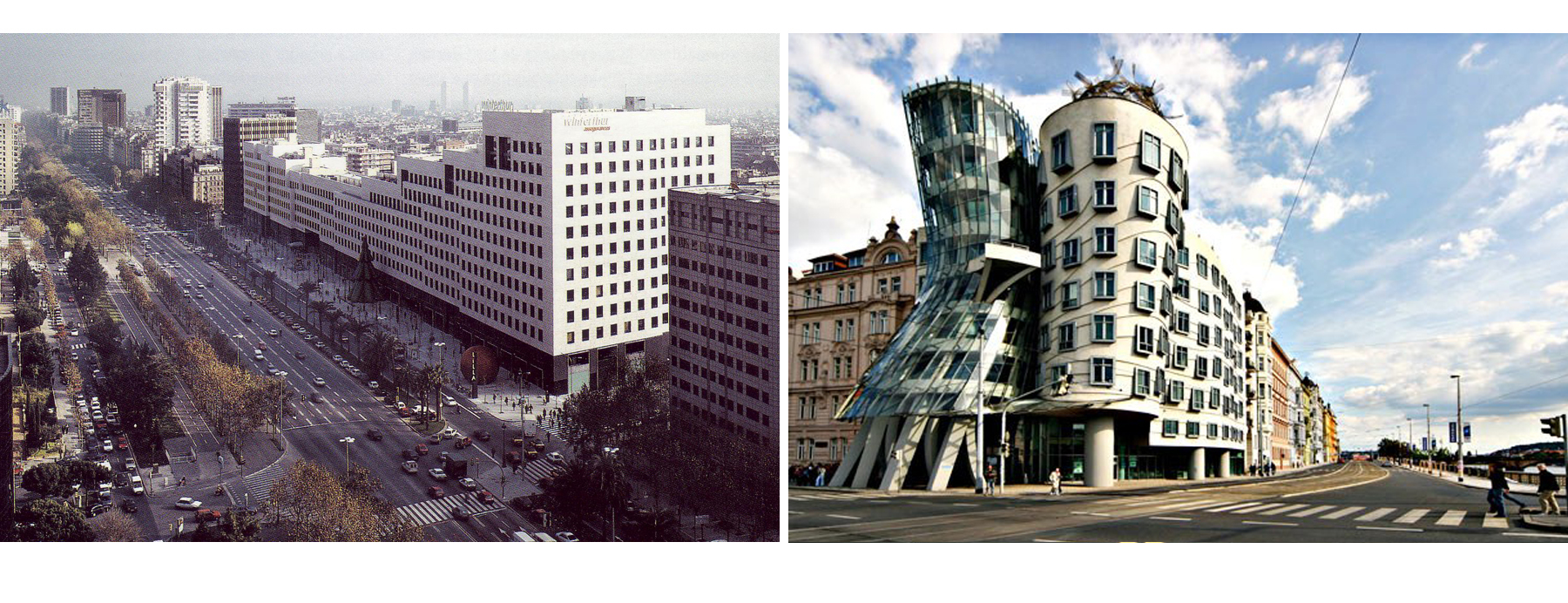Plate from Durand’s Précis showing the grid of his ‘mechanism of composition’ and his method of combinations.
DRAWING [ON] THE SUBLIME: REPRESENTATION OF THE UNREALIZED PROJECT AND THE SUBORDINATION OF THE REAL
….….Etienne-Louis Boullée (1728-1799) was an architect whose mature adult life coincided with the French Revolution……he saw more possibilities of evoking sublimity in painting than in the realization of architecture, making representation all the more critical, regardless of a project’s practicability: he focused on more idealized programs illustrating to what architectural form can aspire…….…




































